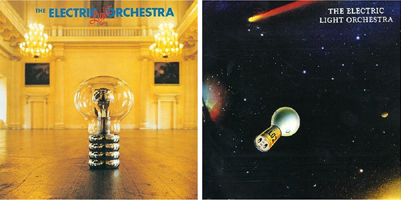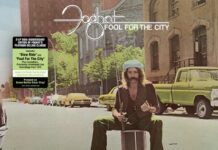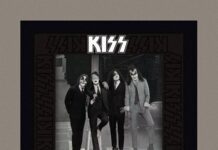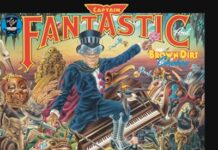Before Electric Light Orchestra blasted out of the blue and turned into a bland pop machine, they came very close to becoming an orchestra in the truest sense of the word. No one can say with certainty what exactly the Move’s Jeff Lynne, Roy Wood and Bev Bevan had in mind when they formed ELO, but their classical music arrangements were early indicators of the group’s direction. All the more appealing to many was their pop sensibility — much more Beatlesque than progressive. Tracing the group’s origins to ELO’s debut album No Answer and its follow-up ELO II, newly reissued complete with four bonus alternate takes on each, perfectly illustrates how the foundation was laid for what would eventually spawn a phenomenon.
Envisioned as a group with strings, Electric Light Orchestra auspiciously started out as a side project for Lynne and Wood, whose duties with the Move somehow kept them concurrently busy and bored. No Answer, alternately known as Electric Light Orchestra in England, was their grand experiment — Lynne developing as a producer and composer and Wood overdubbing multiple cello strokes to give the record the full and beefy orchestrated underbelly he set out to create.
Lynne’s “10538 Overture” disarmingly christens the new sound with its astonishing orchestral embellishments bolstering a simple and catchy riff. Such were Lynne’s instincts as “Nellie Takes Her Bow” and “Mr. Radio” follow a similar trend — simmering melodies coddled by powerful, sweeping strings rumbling with dramatic effect. Roy Wood admirably kept up his part of the bargain by conjuring up “Look At Me Now,” “The Battle Of Marston Moor,” and “Whisper In The Night” as more esoteric, sophisticated counterparts, equally entrancing in their own unique way.
Stylistically, it’s not hard to pinpoint the differences between Lynne and Wood. And that’s what apparently did the original group in. Without regret, Wood left to form Wizzard, leaving Lynne and Bevan to rebuild and carry on. That they did it so easily and without abatement hardly diminishes Wood’s contributions; rather, it demonstrates Lynne’s singular vision from the outset to create an inscrutable pop vehicle bubbling over with majestic, otherworldly undertones.
ELO II was Lynne’s next step in harnessing the pop-oriented aura of ELO. From the opening strum that drives “In Olde England Town,” the record is seemingly less refined than its predecessor. By the time the monstrous version of Chuck Berry’s “Roll Over Beethoven” comes streaming out of the speakers, ELO is firmly en route to the point of no return.
Weightier offerings like “The Sun To The World” and “Kuiama” careen through a tossing and turning
sea of melodic slapdashery and wacky instrumentation. Soon, the sails would tighten as Lynne’s songwriting prowess rose to new heights without betraying the group’s earnest objectives. Subsequent ELO titles, scheduled for reissue in the months ahead, will undoubtedly outline the band’s evolution from psychedelic oddity to pop behemoth. But certainly, at no time, did the music ever cease in its idiosyncratic ascension beyond the ordinary — a concept Jeff Lynne and Roy Wood, who contributed to the reissues’ extensive
liner notes, look back on with pride and dignity.
~ Shawn Perry




















